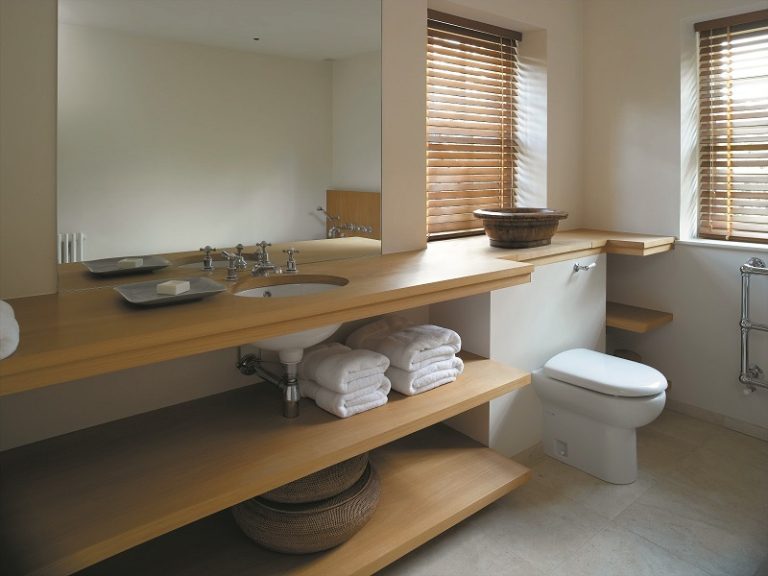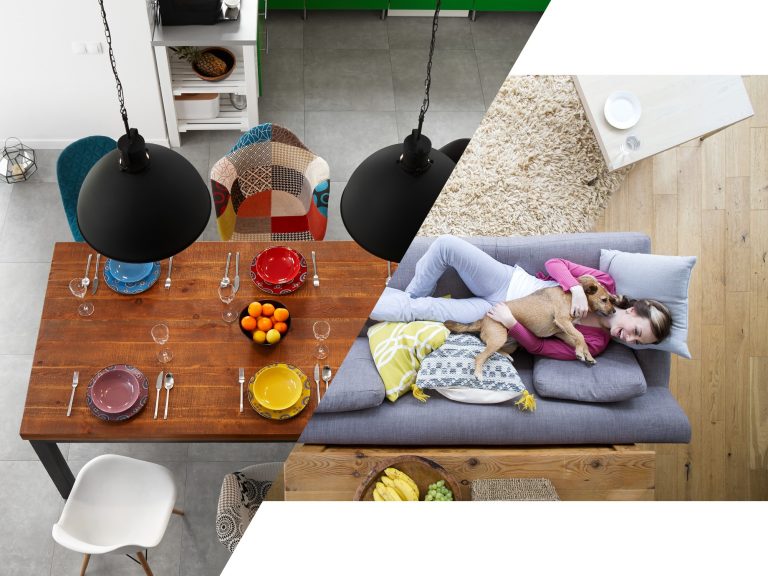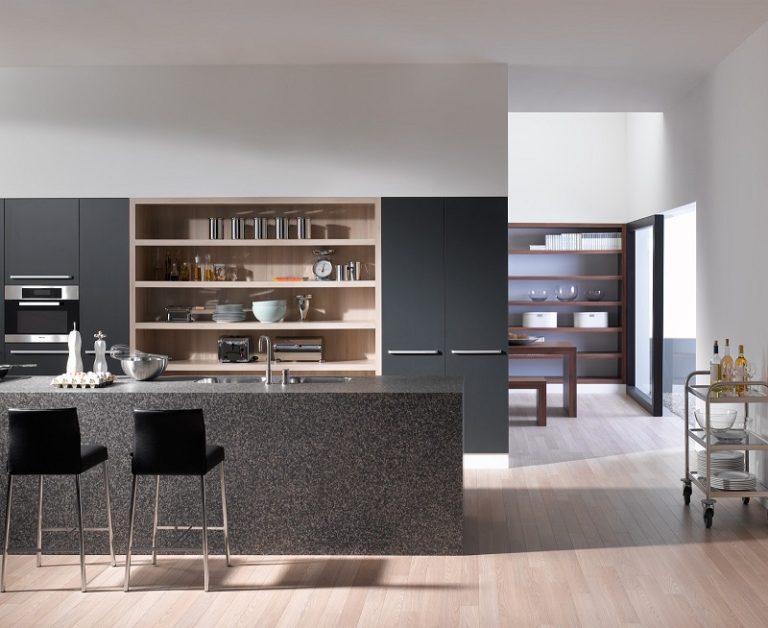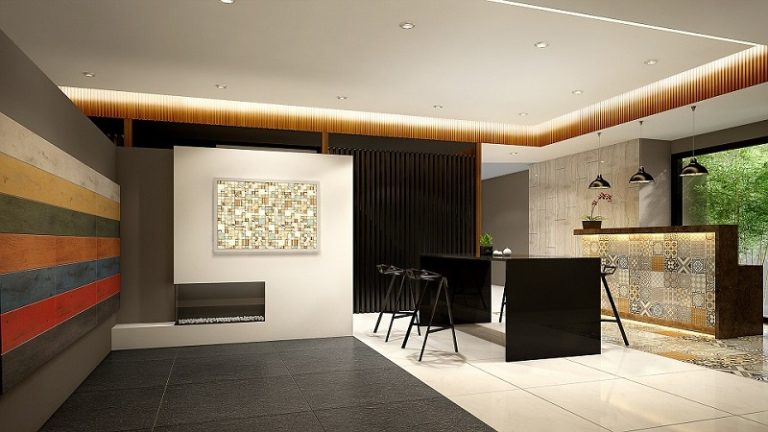People are proud of having their own home. Whether it is a house or an apartment, they chose this type of residence and built their own home in it. The most important thing for having a good looking home is to regularly clean it. People know the importance of the cleaning procedures, however, they sometimes fail to achieve the best they should and neglect simple cleaning tasks. What we are here for, is to give you some basic guidelines on how to achieve a perfectly clean home interior and we have some tips on improving the look of your interior as well. At the end, you will find some creative ideas which we will be glad if you consider and include in your home interior. Must-do Cleaning Routines This is the first, and most important step, of achieving a clean home environment. Before you start cleaning anything, you should at least have the idea from where to begin. The one thing, which can help you a lot for the cleaning procedures, is to put them in categories and make a list. Whatever the type of cleaning is, regular deep cleaning, or basic every-day cleaning routines, you should have a schedule and a checklist, which, with time, you will memorize and start doing without even noticing. Daily activities fall in our first category, as they are a must-do every day. They will help you maintain a good and clean home environment and will ease your deep cleaning procedures later on. These activities don’t require much time and as a habit, they are quick and easy to do: Make your bed, first thing in the morning; Wash dishes/run the dishwasher; make sure to include dishes from breakfast; Open windows to let fresh air in; Take care of clean and dry laundry; Put dirty clothes in the laundry; Take care of mail; Wipe kitchen surfaces and working areas; Find items, which don’t belong and put them in their rightful places, to avoid clutter. The second checklist you need to have is of your weekly cleaning tasks. They are also necessary if you want to avoid unpleasant surprises: Change bed linen; Dust furniture; Dust drapes and curtains; Remove cobwebs; Clean radiators; Change towels in bathroom (more often if needed, according to your needs); Vacuum carpets and/or mop floors; Clean taps, light switches, remote controls, handles; Take care of garbage (not necessarily in one day of the week as it can build up in only two days, therefore, take care of it when needed). If you want to make sure everything is done right, divide the different tasks in all days of the week. For example, make Mondays for removing cobwebs and dusting, Thursdays for vacuuming and so on. Remember that you should first dust the furniture/drapes and then vacuum, otherwise, it’s pointless. Monthly cleaning activities: Dust and clean light fixtures; Vacuum woodwork and vents; Clean mirrors and glass surfaces; Dust blinds; Run an empty cycle for the dishwasher and washing machine to clean them. The next checklist is for the cleaning activities, which must be done every three to six months: Launder pillows, blankets, comforters and furniture covers; Vacuum mattresses (you can sprinkle some baking soda and leave it for a few hours, before vacuuming); Clean kitchen appliances (oven, toaster, fridge, etc.), including under and behind; Clean furniture (behind and under bed, couch, etc.); Clean balcony/patio. What should you do once or twice every year is in the following list: Deep clean carpets and upholstery; Clear out gutters; Clean chimney and fireplace; Deep clean windows, mirrors, other glass surfaces. Cleaning Products and Tools The market offers a great variety of cleaning products and tools, but are they really worth it? The best decisions you can make advised by Cleaners London, when choosing cleaning tools and products are these: Substitute expensive cleaning products with homemade cleaner. Mix equal parts of vinegar and water and add up to twenty drops of any essential oil (preferably pine, tea tree or lavender essential oil, because they are known for their antibacterial powers). This homemade all-purpose cleaner is one of the greatest things you can use to clean, all-natural. It is suitable for different surfaces and the results are impressive. Use lemon to clean water stains; cucumber to clean stainless steel; ketchup to clean silver and copper; baking soda and vinegar to clean toilet; baking soda to get rid of unpleasant odours (including of shoes); banana to clean leather; cooled herb tea for cleaning wooden furniture and items. Switch to microfiber cloths. They are very handy to clean various types of surfaces, because they collect dirt and dust properly and are re-usable after lots of washing cycles. Forget about expensive and ridiculous cleaning tools. Just find yourself a good wide brush and pick a toothbrush and you will be doing miracles with them! Bonus Tips for Clean and Fresh Home Environment As we promised, here are our tips for achieving fresh look and atmosphere of your already cleaned home: Scented candles. The market offers a great variety of scented candles. From citrus and vanilla aromas to wood and ocean scents, you can choose to purchase whichever odour you prefer. Candles are almost necessary for every living room, at least. Putting them here and there on your home surfaces will not only bring the nice finished look of your interior, but will also add a sweet or calming scent to your evenings. Air fresheners. These could also be placed in every room, but they have another positive effect on another part of your interior. Placing air fresheners in your closet and/or in the drawers, will help keeping your clothes fresh. Cotton air fresheners are very good option, but you can also choose another scent, as they come in all forms, colours and aromas, just like scented candles. Avoid smoking in closed areas. It is hard to lay on your couch and resist the nicotine appetite when it hits you, but smoking in your home areas does not have a













